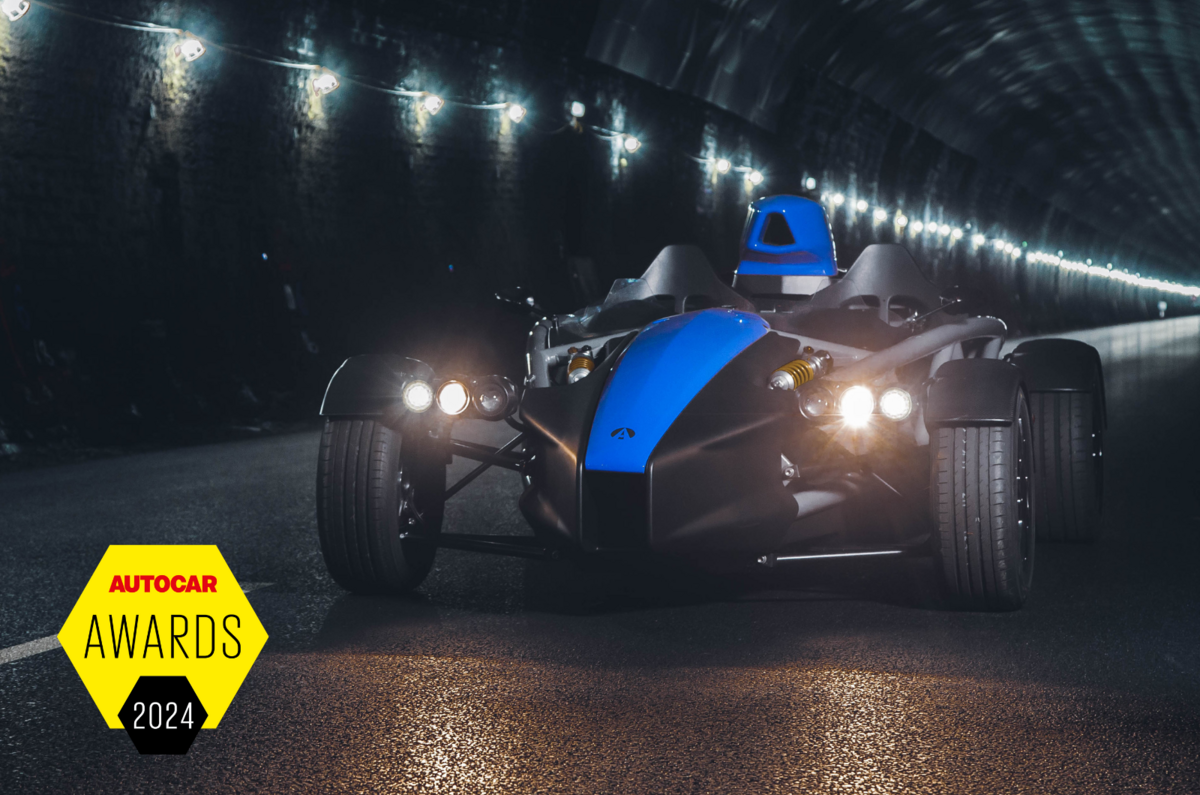The winner of Autocar’s Innovation Award for 2024 is Catesby Tunnel, the 1.7-mile hole through the Northamptonshire countryside that once formed part of the Great Central Railway and has recently been repurposed as a globally unique aerodynamic testing facility.
“Fourteen years ago, I was thinking about how we test our designs,” says Rob Lewis, the brilliant aerodynamicist once of BAR and Honda Formula 1 teams and now managing director of Totalsim, which specialises in computational fluid dynamics (CFD), explaining how today’s facility came into being.
“We would optimise things in CFD, but in the UK our wind tunnel choices were MIRA or a scale tunnel, and we didn’t have a full-scale moving-ground automotive tunnel. I was Googling and found Catesby Tunnel, just up the road from our office in Brackley, on the same train line. So I started kicking the idea around,” he tells us.
Lewis had been working with Prodrive and discovered that some of its engineers had been testing race cars using a tunnel called Laurel Hill in the US, run by Chip Ganassi Racing.
“That proved it works,” says Lewis. “But how could it not? You’ve got a controlled environment and a car moving along a body of air.”
Catesby was even more enticing than Laurel Hill.
It’s arrow-straight and longer, which is important because “you can get up to speed, run a number of tests and get down from speed”, says Lewis.
“In a shorter tunnel, the getting up to and down from speed takes the same distance, so you lose test time in the middle; 1.7 miles is really good.”
Catesby is wide too – “it has a cross-sectional area of 40 square metres”, says Lewis – and that’s desirable because of an aerodynamic effect called ‘blockage’.
"As a vehicle moves, it displaces the air around it, and the smaller the area it’s passing through, the less space there is for displaced air so it will move more quickly.
"In a confined space, a car at 100mph might have air passing over and around it at 110mph or 120mph, making for noisy results. “Catesby is a lot bigger than even a very large wind tunnel, which makes blockage effects small,” says Lewis.
Even Catesby’s constant 1-in-172 gradient is “handy”, says Lewis, “because it’s small enough to be in the limits of certified testing like WLTP, but it’s big enough that when you test in two directions, you get an offset, which is ‘mg sin θ’, and that helps you cancel things out.








Add your comment